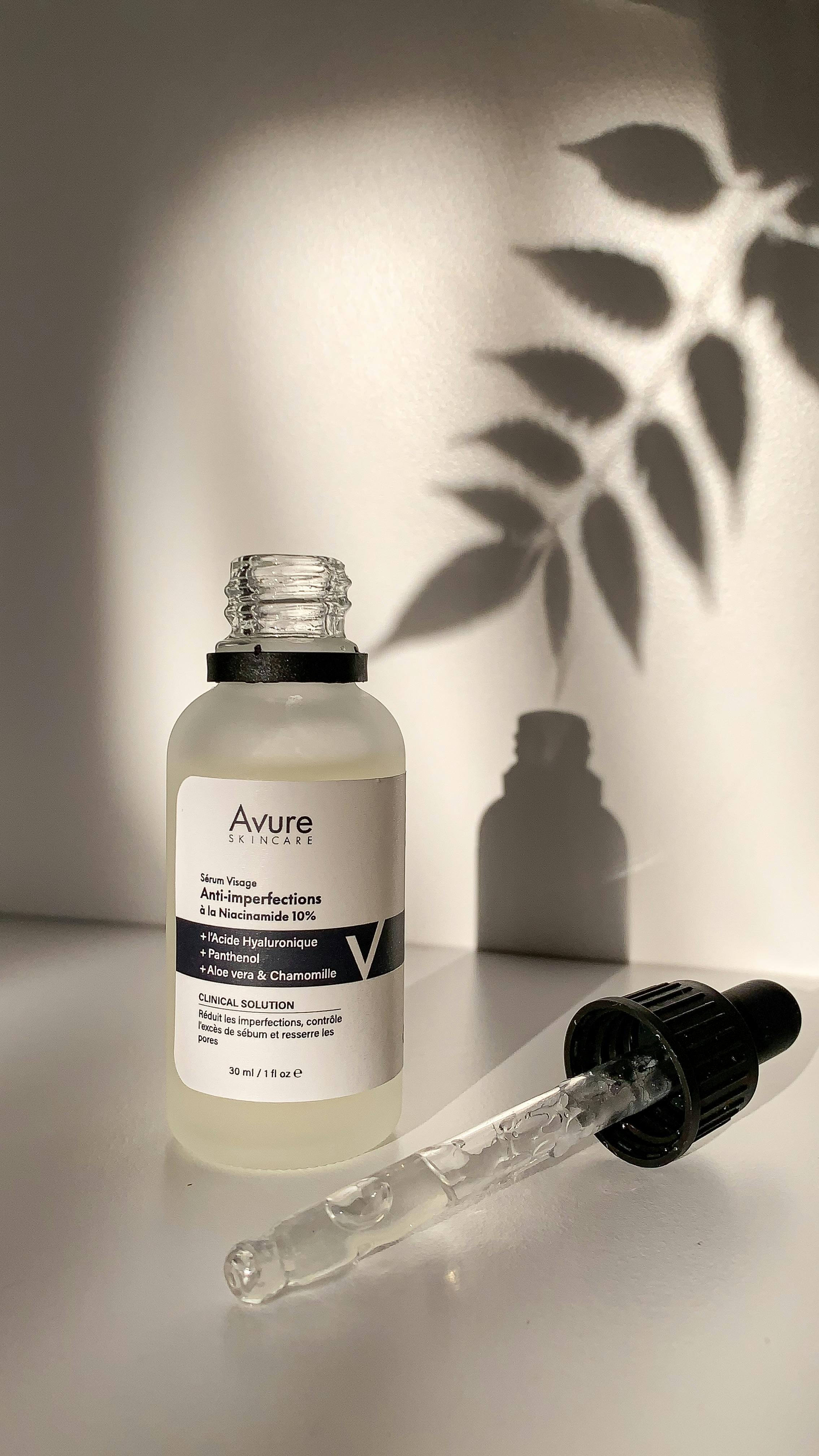Understanding the World of Dermal Fillers: Transforming Aesthetic Medicine
Dermal fillers have become an integral part of the beauty industry, offering a less invasive alternative to surgical procedures for those seeking to reverse the signs of aging. These injectable substances, designed to add volume and smooth out wrinkles and folds in the skin, have seen a surge in popularity over the past decade. Despite their widespread use, there are still many misconceptions and a lack of understanding about what dermal fillers are, how they work, and what their potential benefits and risks might be. This article aims to shed light on these aspects, providing a comprehensive overview of the fascinating world of dermal fillers.

The Evolution of Dermal Fillers: From Collagen to Hyaluronic Acid
The use of fillers in aesthetic medicine has a rich history, dating back to the late 19th century when fat grafting was first introduced. However, the modern era of fillers began in the 1980s with the introduction of bovine collagen. Despite its success, collagen’s high allergic potential led to the search for safer alternatives. This search culminated in the development of hyaluronic acid (HA) fillers, which have since become the gold standard in the industry.
Hyaluronic acid is a naturally occurring substance in our skin that contributes to volume and hydration. HA fillers are biocompatible, meaning they are readily accepted by the body, and have a lower risk of allergic reactions. They provide immediate results and have a relatively long duration of effect, making them a popular choice among patients and practitioners alike.
The Impact of Dermal Fillers: Redefining Beauty Standards
The rise of dermal fillers has significantly changed the landscape of aesthetic medicine. It has shifted the focus from invasive surgical procedures to minimally invasive treatments with fewer risks and shorter recovery times. This shift is reflected in the increasing number of people opting for dermal filler treatments. According to the American Society of Plastic Surgeons, the use of soft tissue fillers has increased by over 300% since 2000.
Moreover, dermal fillers have played a significant role in redefining beauty standards. They allow for subtle modifications to one’s appearance, such as enhancing lip volume or smoothing out laugh lines, enabling individuals to achieve their desired look without drastically altering their natural features.
The Reception of Dermal Fillers: From Taboo to Acceptance
In the past, cosmetic procedures were often stigmatized and seen as a sign of vanity. However, with the increase in visibility and acceptance of these procedures, this perception has significantly changed. Today, opting for dermal fillers is viewed as part of a broader self-care routine, much like going to the gym or following a healthy diet.
Social media has played a vital role in this shift in perception. Influencers openly sharing their experiences with dermal fillers have helped demystify these treatments and normalize their use. Furthermore, the COVID-19 pandemic has contributed to the rise of “Zoom face,” as more people seek cosmetic procedures due to increased time spent on video calls and heightened awareness of their appearance.
The Future of Dermal Fillers: Innovation and Regulation
The world of dermal fillers continues to evolve, with new products and techniques emerging regularly. For instance, there is a growing interest in using fillers for non-traditional purposes, such as enhancing the appearance of the hands or earlobes. Furthermore, research is underway to develop longer-lasting fillers and those that can stimulate collagen production for more natural-looking results.
However, with the rapid growth of the industry comes the need for stricter regulations to ensure patient safety. Issues such as counterfeit products and unqualified practitioners are increasing concerns. As a result, there is a growing call for more robust regulation and standardization in the field.
In conclusion, dermal fillers have transformed the world of aesthetic medicine, offering a less invasive and highly customizable alternative to traditional surgical procedures. As their use becomes more widespread, it is crucial for consumers to educate themselves about these treatments to make informed decisions about their beauty and self-care routines.




